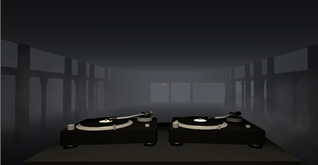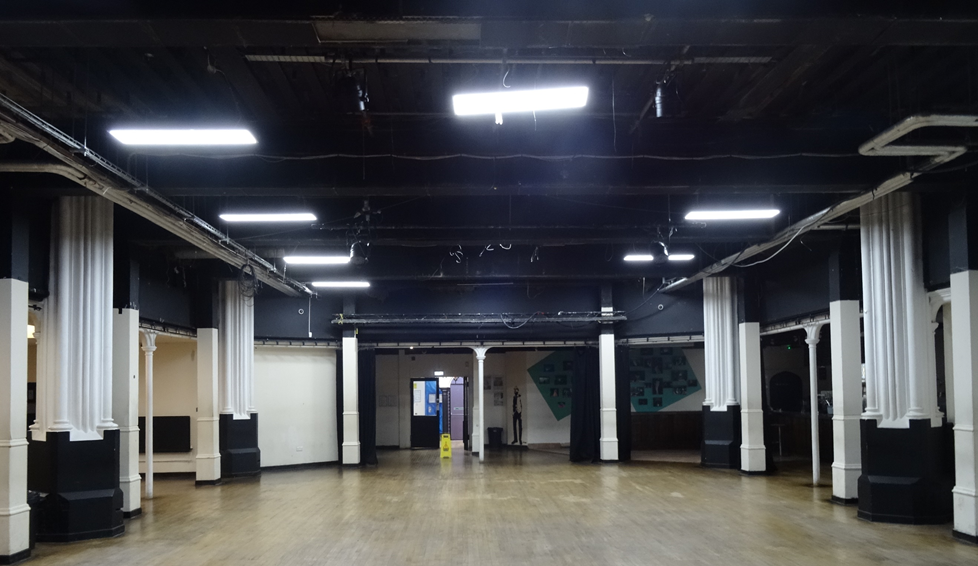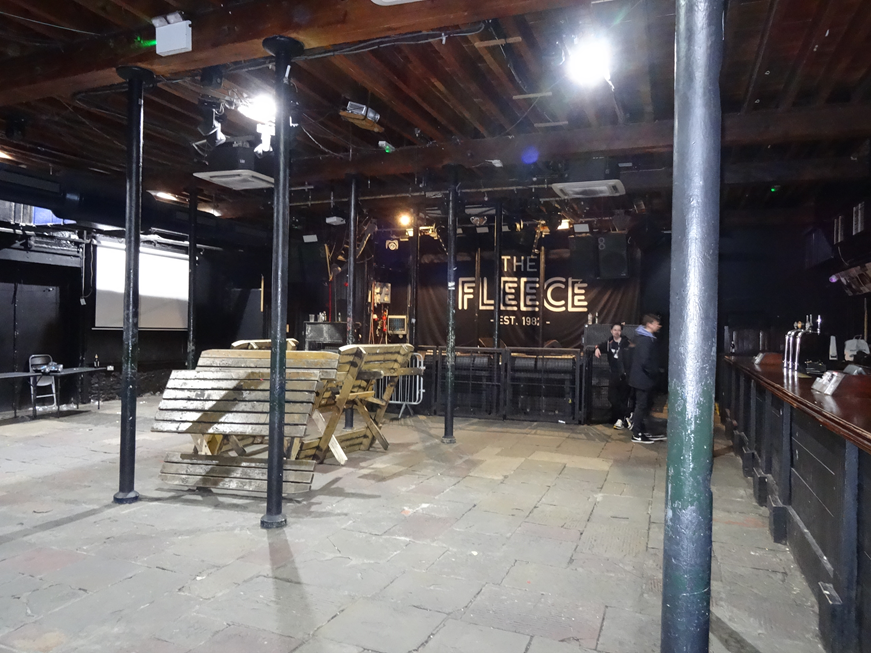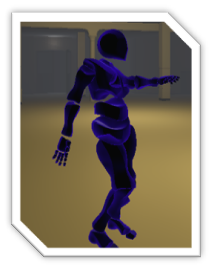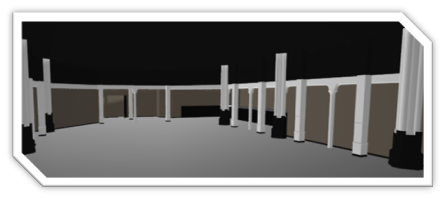Back in My Day
Back In My Day (BIMD) is an exploration of the underground music scene in Bristol over the last 30 years.
The original idea for the project was to recreate parts of the city based on archive images from the past, to let users see how Bristol has changed and expanded over time. However, as a group and with feedback from lecturers, we realised it would be difficult to make this interesting and fun within the scope of the project. Based on research into other successful VR projects, we decided to run with the popular VR format of live concerts and give it a historical aspect. Bristol is renowned for its contributions to musical genres such as drum ‘n’ bass and triphop. There are many educational projects based in the city about the history of these genres and the people associated with them.
We wanted to expand on these projects and build an experience that would educate younger audiences about what people were listening to in the past and why; as well as allow older audiences who themselves were part of the subcultures to reminisce.
Gameplay
In the experience, the user can visit three famous Bristol venues: Lakota, the Trinity Centre and The Fleece. Each venue features a song from a Bristol-based artist that is related to the venue. Lakota features the song ‘Dancehall Tornado’ by the house DJ duo, Way Out West. The Trinity Centre features ‘Brown Paper Bag’ by Roni Size and the Fleece features ‘Danny Nedelko’ by the band Idles. The venues are accessed through a poster board style interface, where the user can select which venue they want to visit using the VR controller. Venues feature other NPC club goers (or ravers) and are designed to feel ethereal yet immersive - as if the user is remembering visiting the venue from the good old days.
The experience was built for the Oculus Go using Unity by a team of five students over about six months. We used a lot of free assets from the Unity store modelled the venues from reference images. We also modelled some generic venue props, such as pint glasses and speakers.
My Role
One of my main contributions was to the project was to make the research and creative decisions, to ensure the experience was accurate and authentic and appealing to all audiences.
I visited each venue and took reference photos which helped the 3D modelling team to accurately remake each venue within Maya/Unity. I also met and interviewed influential people within the Bristol music scene, such as the owner of Lakota.
This helped make creative decisions as I had a good idea of what was important to include in the project for authenticity; for example, choosing music which was relevant to each venue.
Part of the VR experience is a brief introduction for the user as they enter each venue. This gives them some information about the venue as well as some information about the song that is playing and why it is influential in the Bristol music scene. As I had conducted the interviews and visited the venues, I put myself forward to write these introductions.
After consulting with a script writer in February, I had planned to write extensive scripts for each scene and create events based on real-life accounts from interviews. However, due to the limitations of the university closing and completing the project from home, I was not able to accomplish this.
This was disappointing as it would have made the project feel more realistic and given each scene more character.
Despite this, the finished narrative scripts give a good outline of the history of each venue and its place within the underground music scene in Bristol; as well as an insight into why each song was chosen and similarly, the impact of each song on the music scene.
In a team of five on a project of this scale, it is important to make sure that each person has something to be working on. I often took the role of project manager and tried to handle the project with a scrum methodology. Each week we would each briefly discuss the progress we had made, what we were waiting for or what had been delayed. I then delegated tasks to everyone for the next week. By delegating tasks, I ensured that the project stayed within scope and each feature could be accomplished within our time frame.
Evaluation
I am pleased with the level of detail of the research that went into this project and feel it is authentic and accurate. Progress of the project was slow initially over Christmas, which held up development later on as parts of the team were held back, as they waited for photos and interviews; however much of this was unpreventable as we were waiting on the availability of other people. After lockdown began, we had to narrow the scope of the project drastically (hard to present a VR experience to a client in person during these unprecedented times…) but the experience is finished to a good, polished standard despite the circumstances - and it definitely met our client brief.
As this was one of the longest projects I’ve taken part in throughout uni, I learned a lot about the importance of project management and maintaining work logs throughout the duration of the project cycle.
I really enjoyed visiting venues for research and interviewing people for the project, however I also gained valuable experience by working remotely with a small team during lockdown. Only one team member had access to a VR headset after March so testing new features was a challenge!
Overall I think this project was a success and I’d like the chance to work with VR again.
Screenshots
